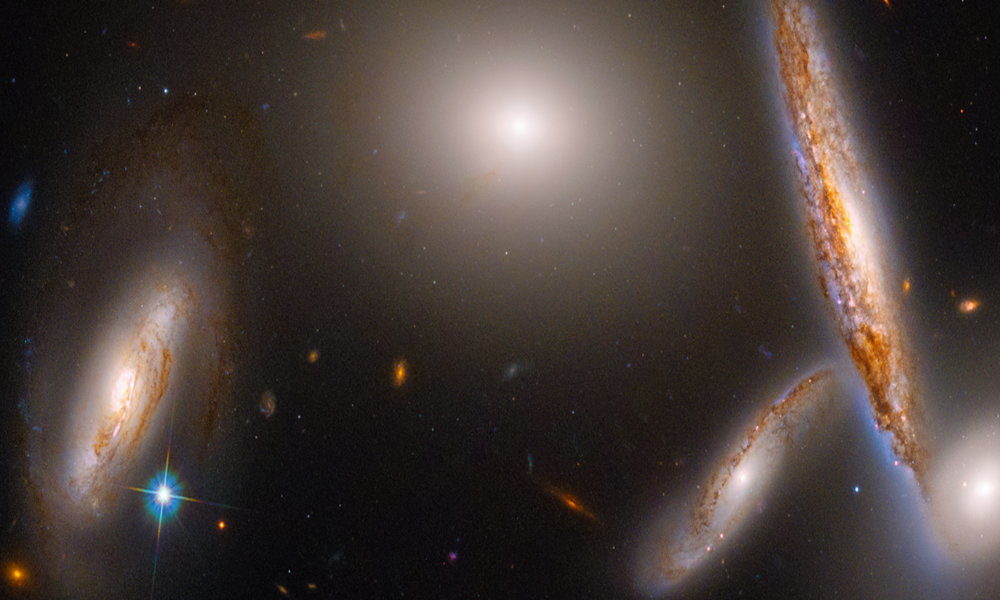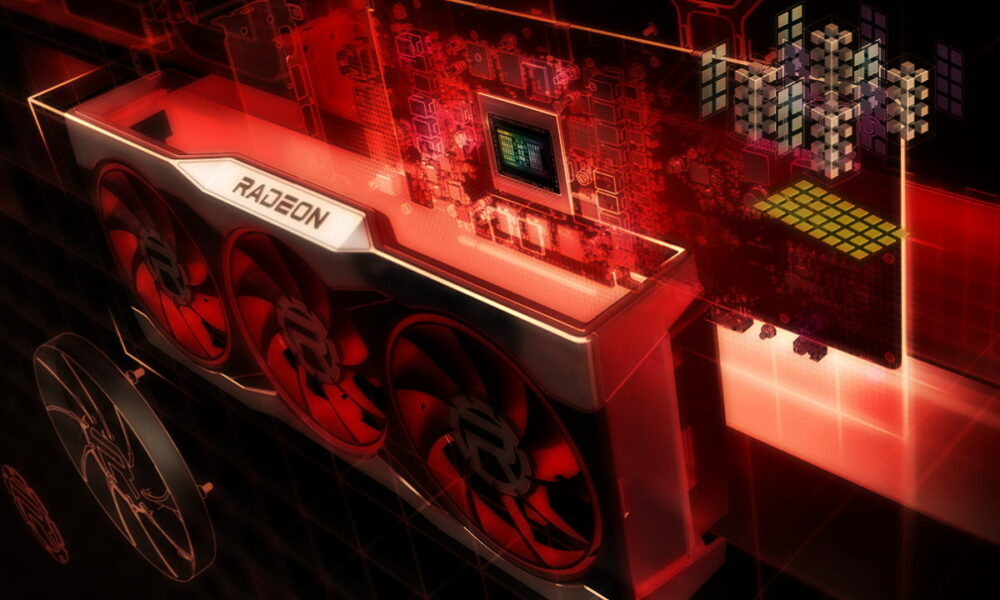
0The Hubble Space Telescope will celebrate 32 years since its launch next Sunday and like every year, the responsible team has selected one image from the thousands captured to celebrate the anniversary. As you will see on the cover, it corresponds to a group of five clustered but separate galaxies that offer clues to dark matter.
Few could expect Hubble’s longevity after discovering a problem of origin in the polishing of the main mirror and that, together with the delay due to the Challenger shuttle accident, was about to turn it into the biggest fiasco in history. Fortunately, a continuous program of repairs and maintenance has managed to extend its useful life even though its replacement, James Webb, is already in orbit.
With this, this joint project of the American and European space agencies has managed to continue revolutionizing all areas of astronomical research after observing in detail tens of thousands of celestial bodies and giving us the most beautiful images of the deep Universe. And may it be for many years…
Hubble’s 32nd Anniversary
The Hubble team has shared an image captured by the telescope that researchers describe as a “menagerie hut”. The group is technically known as Hickson Compact Group (HCG) 40 and shows five separate galaxies, but they are so close in galactic dimensions that eventually will collide and merge into a giant galaxy. This will happen in a billion years.
Meanwhile, all five remain close but separate and include three different types of galaxies. Three of the group are spiral galaxies, like our Milky Way, one is an elliptical galaxy (smooth and without spiral arms) and the last one is a lenticular galaxy, halfway between a spiral galaxy and an elliptical galaxy.
While it is relatively common to see galaxy mergers and even to see groups of galaxies close together, this particular group is one of the densest observed to date, according to experts. “Caught in a leisurely gravitational dance, the entire group is so crowded that it could fit into a region of space that is less than twice the diameter of our Milky Way’s stellar disk.”describe from the Hubble team.
Normally, dense groups of galaxies are found at the center of huge clusters, but this particular group stands alone, relatively far from other galaxies. The researchers believe this could be because these galaxies harbor a large amount of dark matter.
Collecting data from such a dense group of galaxies can help astronomers learn about this type of matter, the great unknown although it is estimated that it makes up 80% of the Universe. Physicists know it must exist based on gravitational effects influencing the motion of galaxies and cosmic microwave background data, but it remains “an unseen mass.”
In the case of HCG 40, there could be a lot of dark matter around all five galaxies, forming a large cloud around it. This cloud provides a resistance that slows down the movement of individual galaxies, unites them and they will definitely end up merging into one. Ultimately, it is hoped that studying these unusually dense groups of galaxies can help astronomers understand how galaxies formed and evolved.
The data will continue to come from Hubble and also from James Webb, much more modern and powerful, which will make it possible to study the first stars and galaxies that formed in the early universe after the Big Bang; discover how galaxies evolved in the early days; how stars and planetary systems are born in dusty clouds and also, the search for chemical traces of life on satellites and the composition of the atmospheres of exoplanets.



